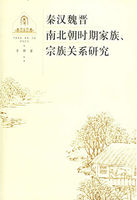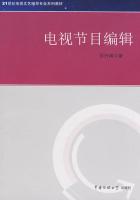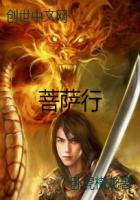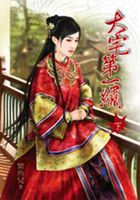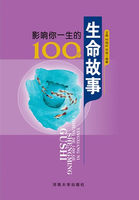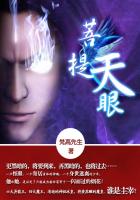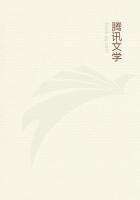The second reason for studying Time has to do with its dominance as a news vehicle in the arena of public discussion.Its unique credibility often results in public conversation about national and international issues.It not only depicts specific denominations,but it might also reflect the larger discourse about acceptable religious behavior(e.g.,prayer,healing,rituals,etc.).One recent Time cover,for example,is about religious worship on the Internet while another suggests that good health and spirituality are linked.Such topics may stimulate discourse about public and private religion as well as the sacred-secular interface.McCracken(1992)notes that magazine covers not only signify magazine content,but they reflect interests of the consumer as well.Covers chronicle religious events,but they also reflect ongoing discussion about what it means to be religious.In other words,magazines can signal changes in religious worldviews among readers.
Why Time and not other magazines?Among the three primary news magazines in the United States,Time leads the category with a 44 percent market share and circulation exceeding 4 million copies each month.Additionally,religion is an important subject in the magazine.A recent Halls Magazine Report confirms that Time allocated about 30 pages to the subject of religion/philosophy in 2003.While this represents only about one percent of Time's annual editorial space,it nearly matches the space allotted to education,personal finance,and computers.It also surpasses the number of cover stories devoted to travel,dieting and dietary supplements,children,and apparel.
This study adds to a line of inquiry about the changing ways that various media depict religion.Content and audience studies seek to examine the evolving nature of contemporary religious music(Perry&Wolfe,2001),how fundamentalists are depicted in newspapers(Kerr&Moy,2002),the religious themes of prime-time television programs(Davis,et al.,2001),how religious audiences response to secular television content(Hess,2001;Scott,2003;Stout&Scott,2003;Warren,2001),the religious themes of secular movies(Baeaudoin,1998),and the evolving strategies of using religious images for advertising and marketing purposes(Haley,White&Cunningham,2001).This work,however,has not adequately dealt with visual imagery in media texts depicting religion.Of Time's 32 covers devoted to religion in the last decade,little is known about the social-semiotic nature of such depictions.How such covers act as cultural indicators in binding social discourse about new religious trends is just beginning to be addressed.
This study addresses this problem by analyzing Time covers as both written and visual texts.First,we review the literature on visual representation and how images help create and sustain worldviews about religion.We examine the processes through which religious meaning is contested through imagery in a magazine portraying both secular and religious perspectives about religion.The literature not only helps frame the questions,but also focuses the analysis on the public-private distinction in contemporary religious worship.
The Importance of“Visual Texts”
One characteristic of postmodern society is greater emphasis on the visual in the development of worldviews(Mitchell,1994).While visual imagery does not replace written texts,it can make other forms of communication more comprehensible and effective(Mirzoeff,1999).Mediated images of the sacred are part of the“social discourse of material forms,sensations,texts,and human behaviors that make up religion”(Morgan&Promey,2001,p.16).
New research connects religiosity to visual artifacts(Plate,2002).Recent studies examine the persuasiveness of religious images for churches(Miles,2002),the use of religious symbols in popular culture(Carter&Herman,1990;Morgan,1998;Schmidt,1995),and audience interpretation of popular religious images(McDannell,1995;Morgan&Promey,2001).What this research does not tell us,however,is whether influential media vehicles like Time reflect a societal shift regarding personal and institutional religiosity.In other words,Time covers might contain images likely to encourage new types of public discourse about religion.
The Power of the Visual
Speaking about the persuasive appeal of photographs,Barthes(1981)emphasizes the power of the visual.Unlike paintings,he argues,the photographic print serves as a referent of an absent event,bringing the“real”past into the present.Time covers are potentially as influential as photographs for believers because they“render for the viewers the ontological presence of someone or something”and thus make present things that are,in fact,absent from their day-to-day experiences(Morgan,1998,p.9).How do Time covers make present religious ideas,constructs,and symbols?We address this question by examining magazine covers according to three issues:(1)the demarcation of private versus institutional religious practices according to visual symbols;(2)the availablitiy,frequency,and repetition of particular religious icons;and,(3)the potential blurring of the sacred with the secular.



